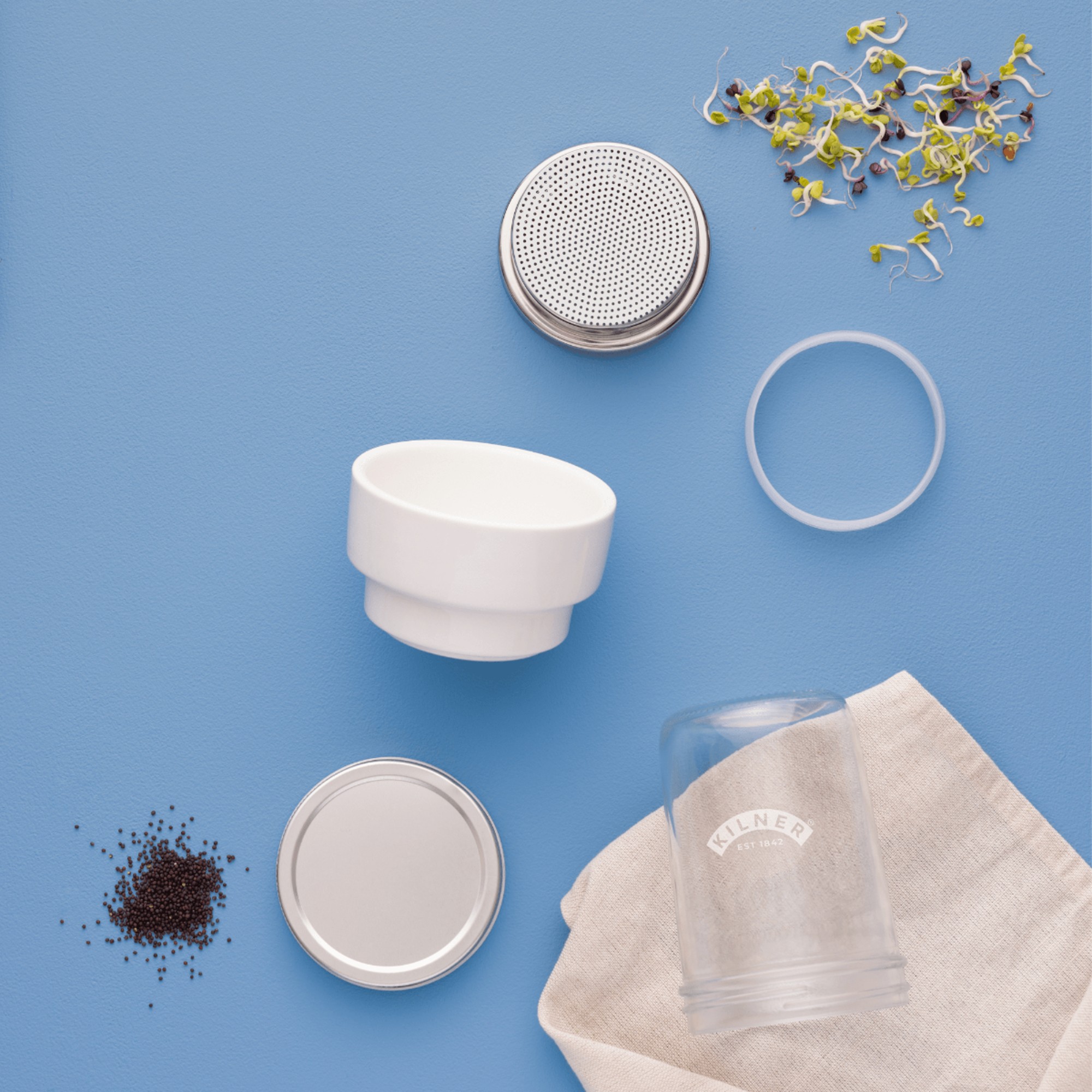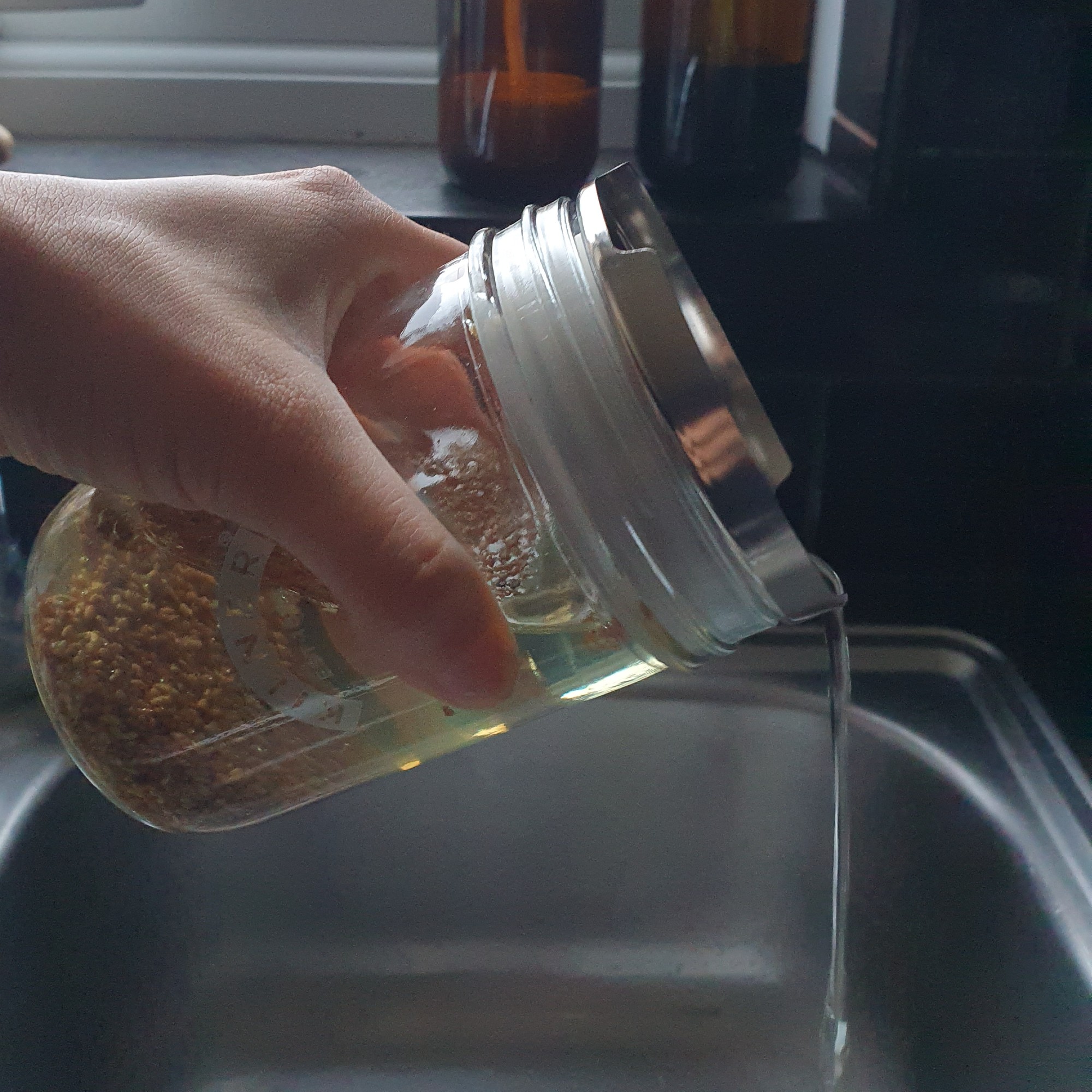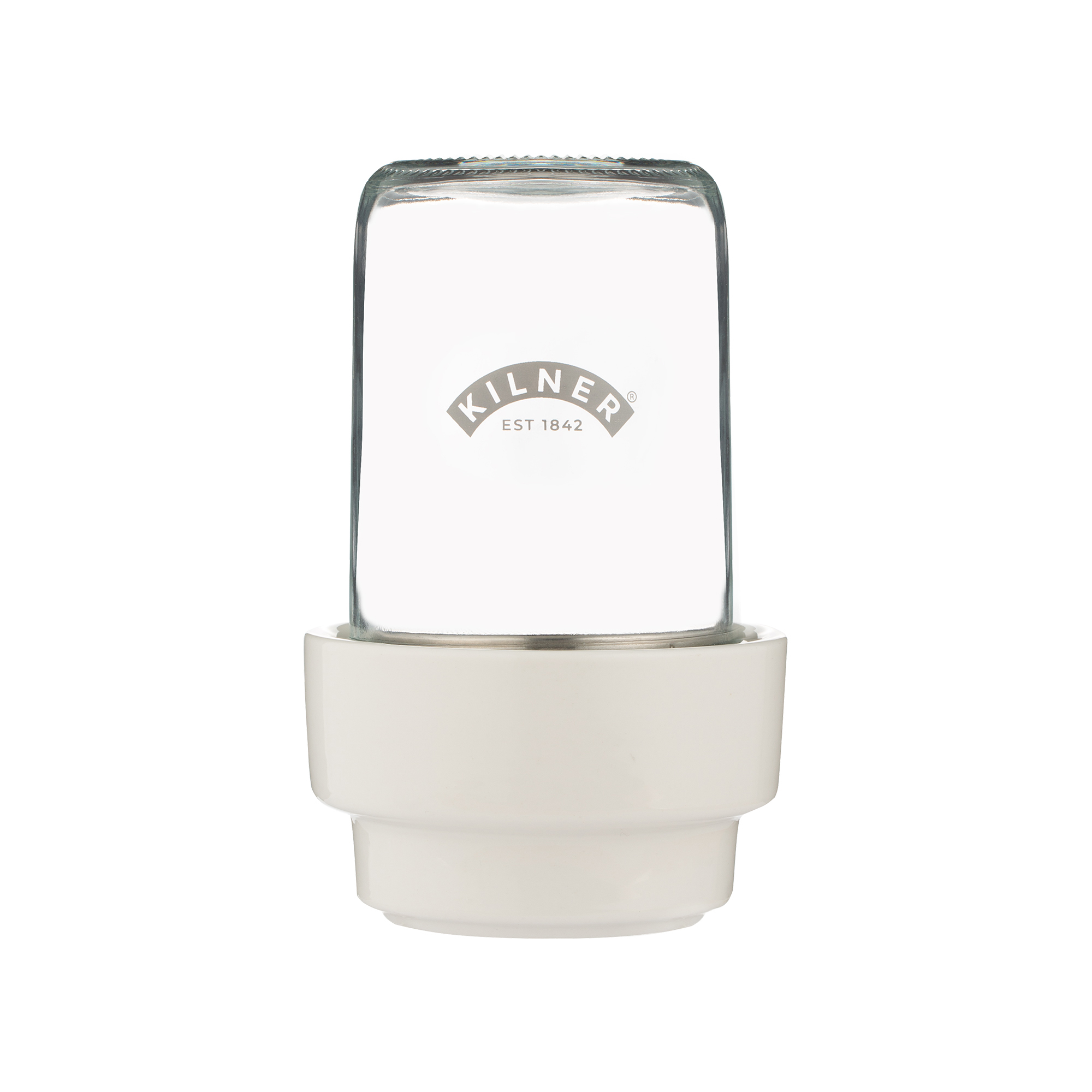I tried the new seed sprouting set from Kilner – and I think it makes the perfect Christmas gift for the foodie in your life
These are my thoughts after testing the newly launched Kilner sprouting set


Do you love putting some lovely, nutritious sprouts on top of your salads or even pasta? Or do you know someone that does? I sure do but I usually don’t feel like paying the extortionate prices charged by organic health stores that tend to sell them. Which is why I was so excited about the launch of the Kilner sprouting set, which lets you make your own sprouts from various seeds and pulses.
And it so happens that the set got released just in time for Christmas, making it the perfect festive gift under £50 (and under £20 too, for that matter). Selling for £16 a pop, the Kilner Sprouting Set comes with all the accessories you’ll need to get the job done apart from the actual seeds. But there is a plethora to choose from – I decided for the alfalfa seeds but lentils, mung beans and broccoli (among others) also come highly recommended based on my research.
Kilner is renowned as the top-tier glass jar manufacturer. And, of course, there is a glass jar involved in this set, which is used throughout the sprouting process and for storing the seeds or pulses once they finish sprouting. And if you want to know exactly what the process is and how I got on, read on to find out.

Kilner sprouting set
In all fairness, the Kilner sprouting set is not as complex as something like the LG tiiun indoor garden system. But it does what it says on the label - it lets you grow your own ‘produce’ with nothing but a jar on your kitchen worktop. And very efficiently, might I add.
The set includes:
- A 0.5L jar with a lid
- A ceramic base
- A silicone ring
- A perforated stainless steel insert

All I had to get was a bag of alfalfa seeds from Amazon and I was good to go.
How to guide
I started by adding my seeds into the jar and filling it with water to soak the seeds overnight with the lid on. Yes, by the end the water looked pretty mucky but that’s why I was instructed to swap the lid for the perforated insert and drain the water. I then filled it with water and drained it again to give the seeds a further wash. Once I’ve done that, I placed the jar (still with the perforated insert on) upside down into the ceramic base. The base is there to collect any water dripping from inside of the jar.
Sign up to our newsletter for style inspiration, real homes, project and garden advice and shopping know-how

Then every day for a week, I repeated the process of filling the jar with water and draining it again. And with each day, I noticed the seeds sprouting a little more, while expanding in the jar filling it up a little more as the days passed.
And bam, a week later I had a jar full of delicious, fresh and crunchy sprouts to sprinkle on my food.
It’s a fascinating process to witness that requires very minimal skill or effort. The perfect combo if you ask me. Which is why I think it makes for a fun and unexpected Christmas present idea. Or just gift one to yourself instead.

Sara Hesikova has been a Content Editor at Ideal Home since June 2024, starting at the title as a News Writer in July 2023. She is now also the Ideal Home Certified Expert in Training on Furniture, and so far has tested over 150 different sofas.
Graduating from London College of Fashion with a bachelor’s degree in fashion journalism in 2016, she got her start in niche fashion and lifestyle magazines like Glass and Alvar as a writer and editor before making the leap into interiors, working with the likes of 91 Magazine and copywriting for luxury bed linen brand Yves Delorme among others.
